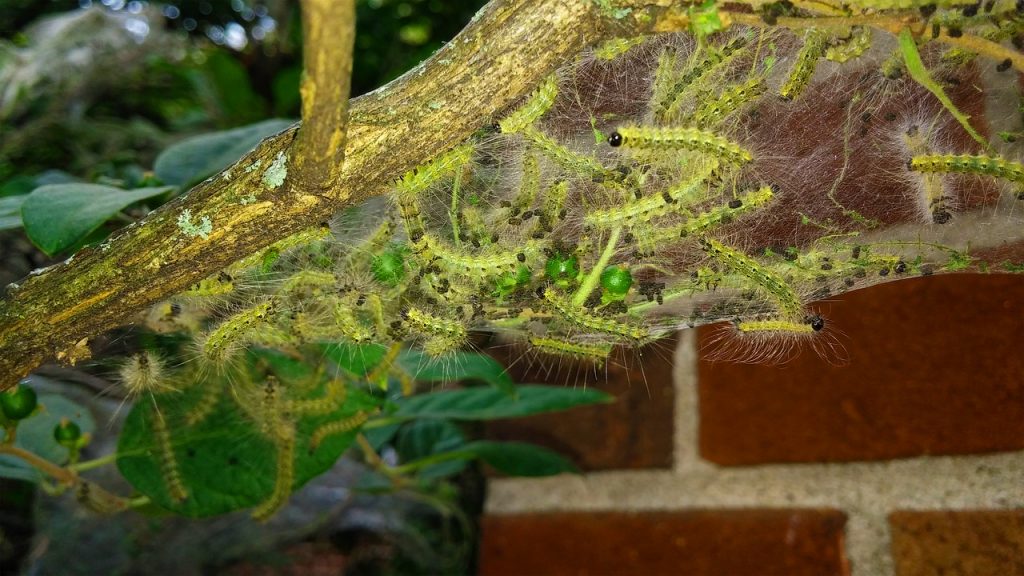Have you ever gone for a walk in the woods and noticed the proliferation of spider webs in the trees? Have you ever wondered “why are there so many spider webs in the trees?” Well, it turns out that spiders have a number of web-building habits that lead to this phenomenon. In this article, we’ll unravel the mystery of spiders’ web-building habits and explain why there are so many spider webs in the trees.
Types of Spider Webs
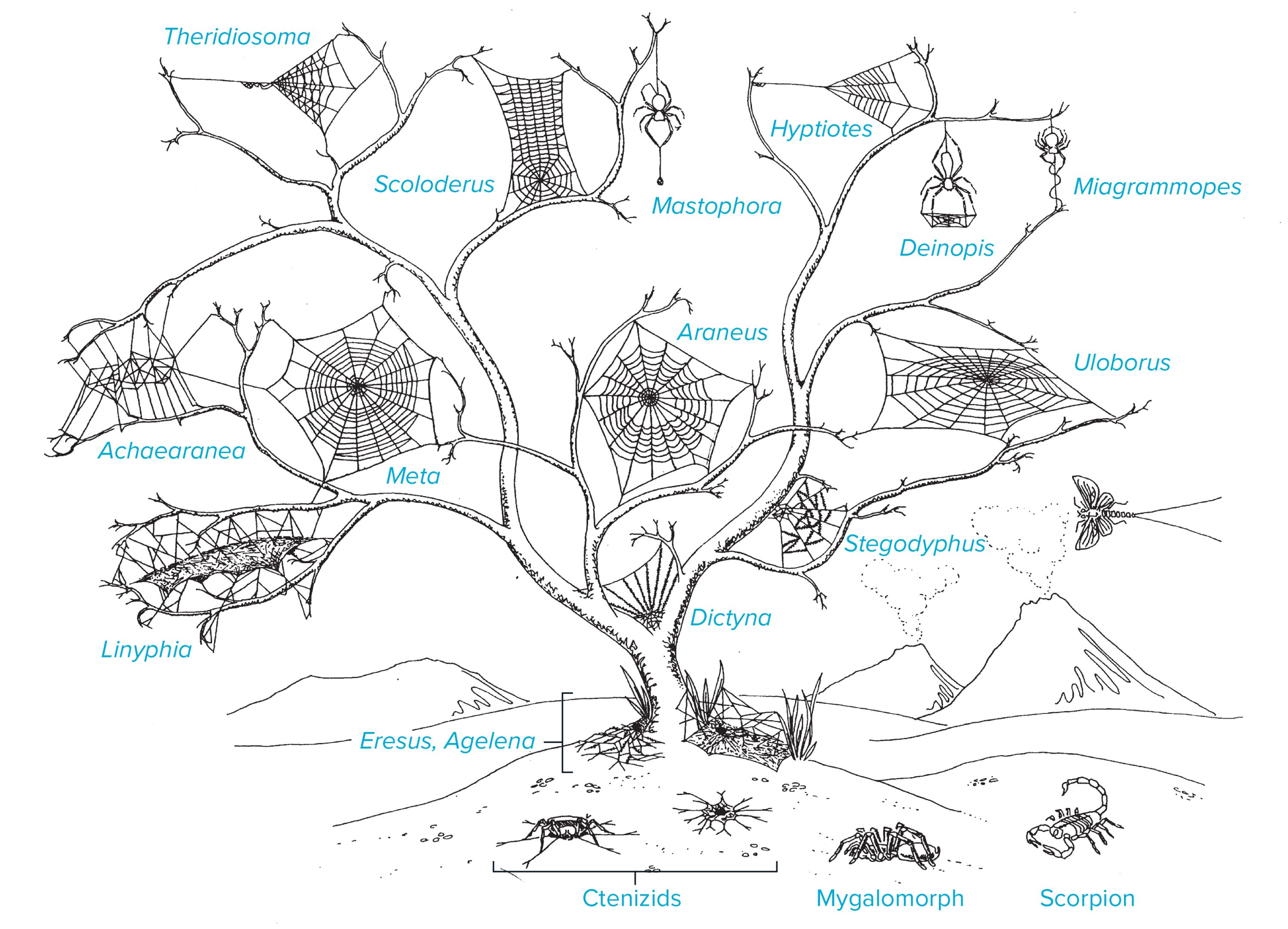
Orb-Webs
Orb-webs are the most common type of spider web, characterized by the radial arrangement of the web’s silk strands. They are most commonly found in open, sunny areas and are built by spiders of the family Araneidae.
Funnel Webs
Funnel webs are built by funnel-web spiders, which belong to the families Agelenidae and Hexathelidae. The web is composed of a sheet of silk with a funnel-shaped structure at one end, with the spider hiding in the funnel waiting for prey.
Sheet Webs
Sheet webs are built by sheet-web spiders in the families Linyphiidae and Theridiidae. They are composed of a flat sheet of silk with a few vertical support threads and capture lines that are arranged in a zigzag pattern.
Tangle Webs
Tangle webs are built by cobweb spiders, which belong to the family Theridiidae. The web is composed of a tangle of threads with no clear pattern, which helps the spiders to detect prey more quickly.
Lace Webs
Lace webs are built by lace-web spiders in the family Dictynidae. The web is composed of a flat sheet of silk with a pattern of holes that resemble lace. The holes in the web help the spiders to detect any prey that gets stuck in the web.
Reasons for the Abundance of Spider Webs in Trees
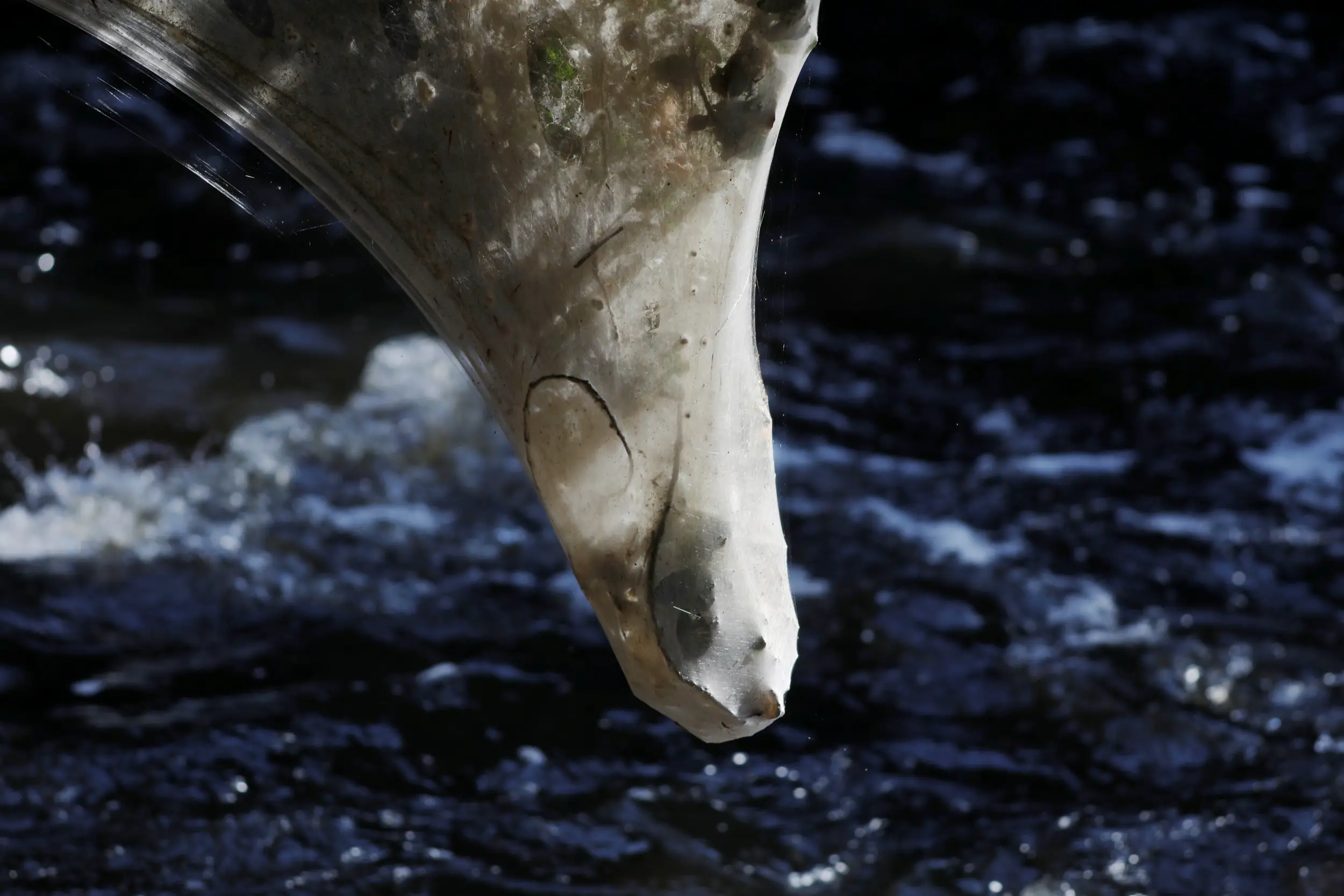
Protection from Predators
Spiders weave webs in trees for protection from predators. The webs provide spiders with a safe place to hunt and rest, away from potential predators. Furthermore, the webs are effective barriers against larger animals, such as birds and mammals, which may try to eat the spiders.
Food Source
Tree webs also provide spiders with a food source. The webs act as a trap for insects that get caught in them, providing the spiders with a steady supply of food. Additionally, the webs increase the spiders’ chances of catching prey, as they can sense vibrations from the movements of prey in the web.
3 Temperature Regulation
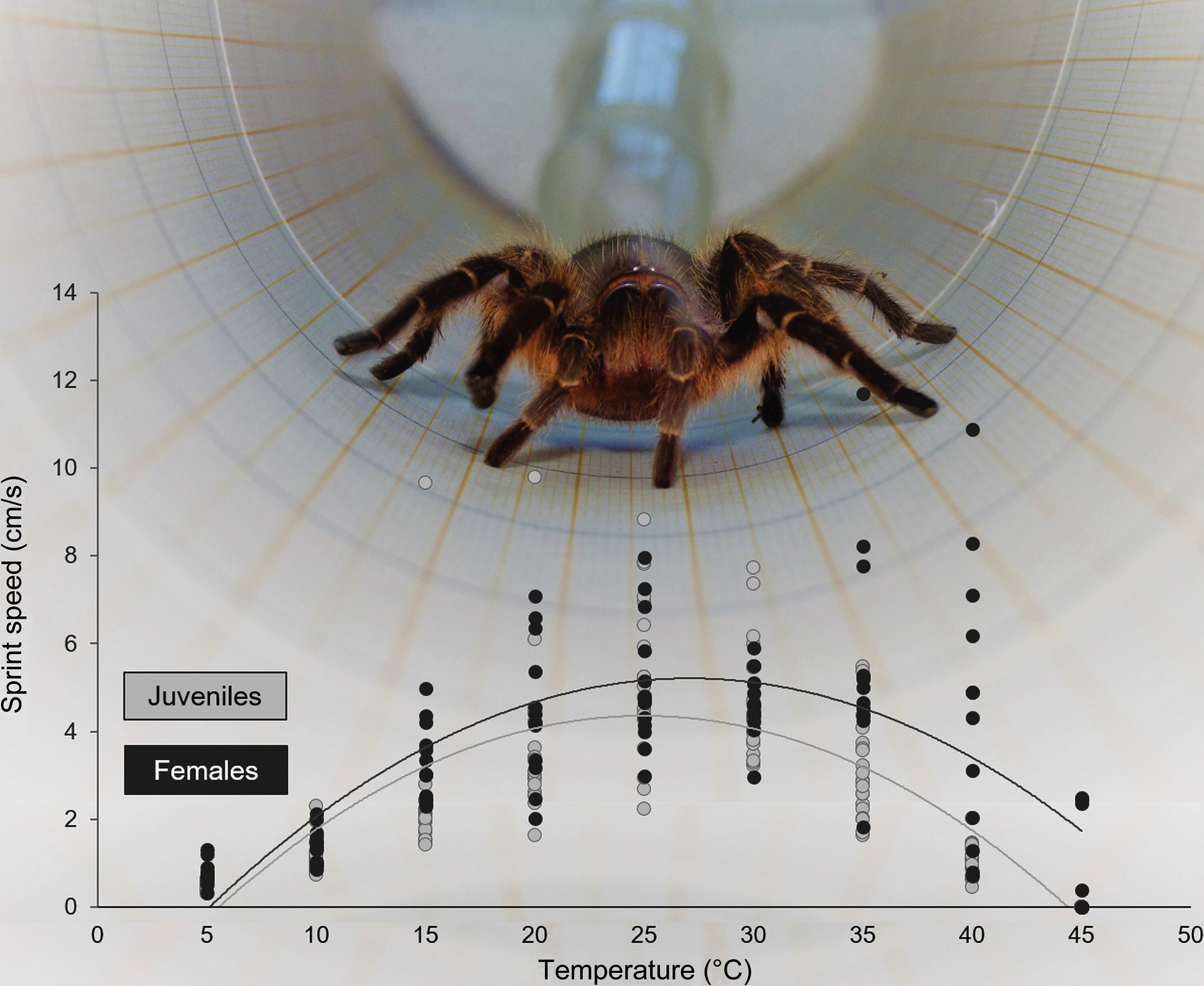
| Temperature Regulation | Effects |
|---|---|
| Spider webs provide insulation | In cold temperatures spider webs may help trap heat and insulate the tree. |
| Spider webs can act as a sunshade | In hot temperatures, spider webs can act as a sunshade, providing relief from the sun. |
| Spider webs can capture water vapor | Spider webs can capture water vapor, which can then be released back into the air. This can help to regulate the humidity around the tree. |
Spider webs can provide many benefits to trees, such as temperature regulation. Insulation in cold temperatures, a sunshade in hot, and the ability to capture water vapor to regulate humidity are all possible.
4 Reproduction
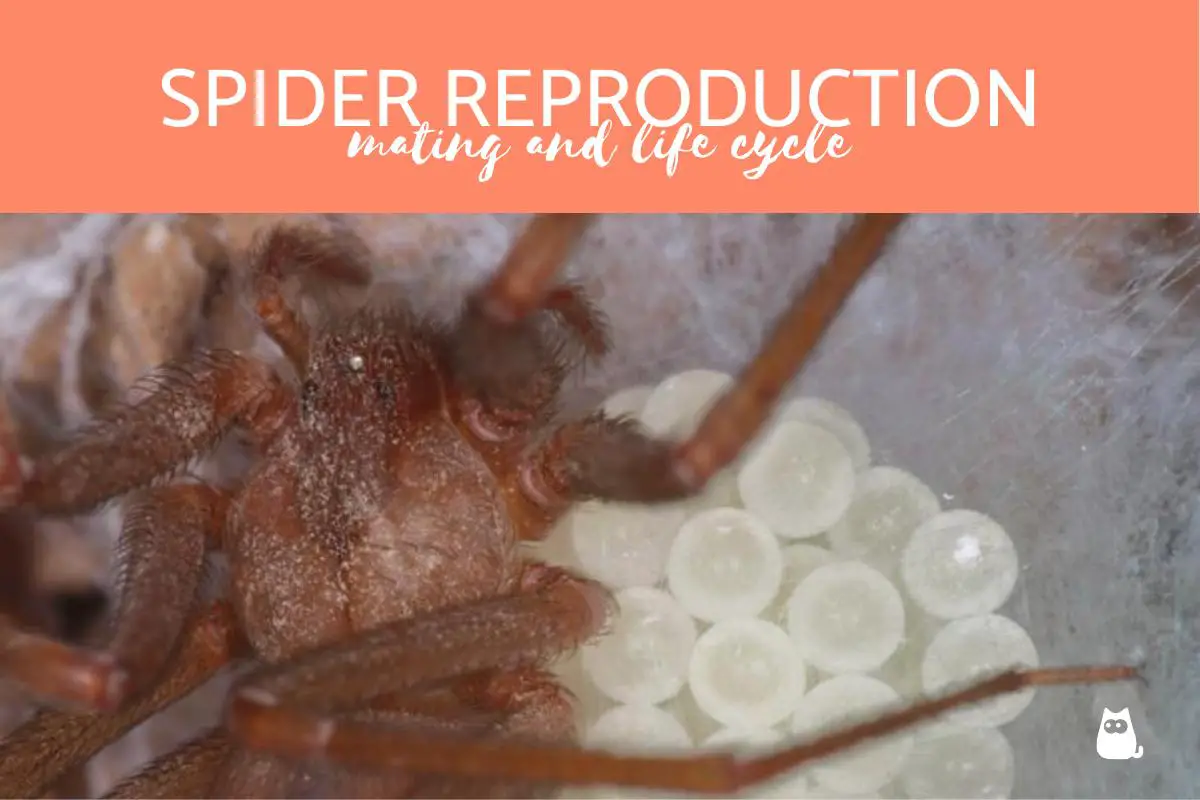
| Reproduction Method | Description |
|---|---|
| Egg Sac | Most spiders reproduce by laying eggs in an egg sac. The eggs are fertilized internally and the sac may contain hundreds of eggs. |
| Mating | Males will mate with a female by transferring sperm from an organ on their abdomen, called a pedipalp. |
| Parthenogenesis | Some spiders can reproduce without mating by a process called parthenogenesis. In parthenogenesis, the female produces offspring without fertilization. |
| Cloning | In some species, female spiders can clone themselves and produce offspring that are genetically identical to the parent. |
Impact of Spider Webs on Trees
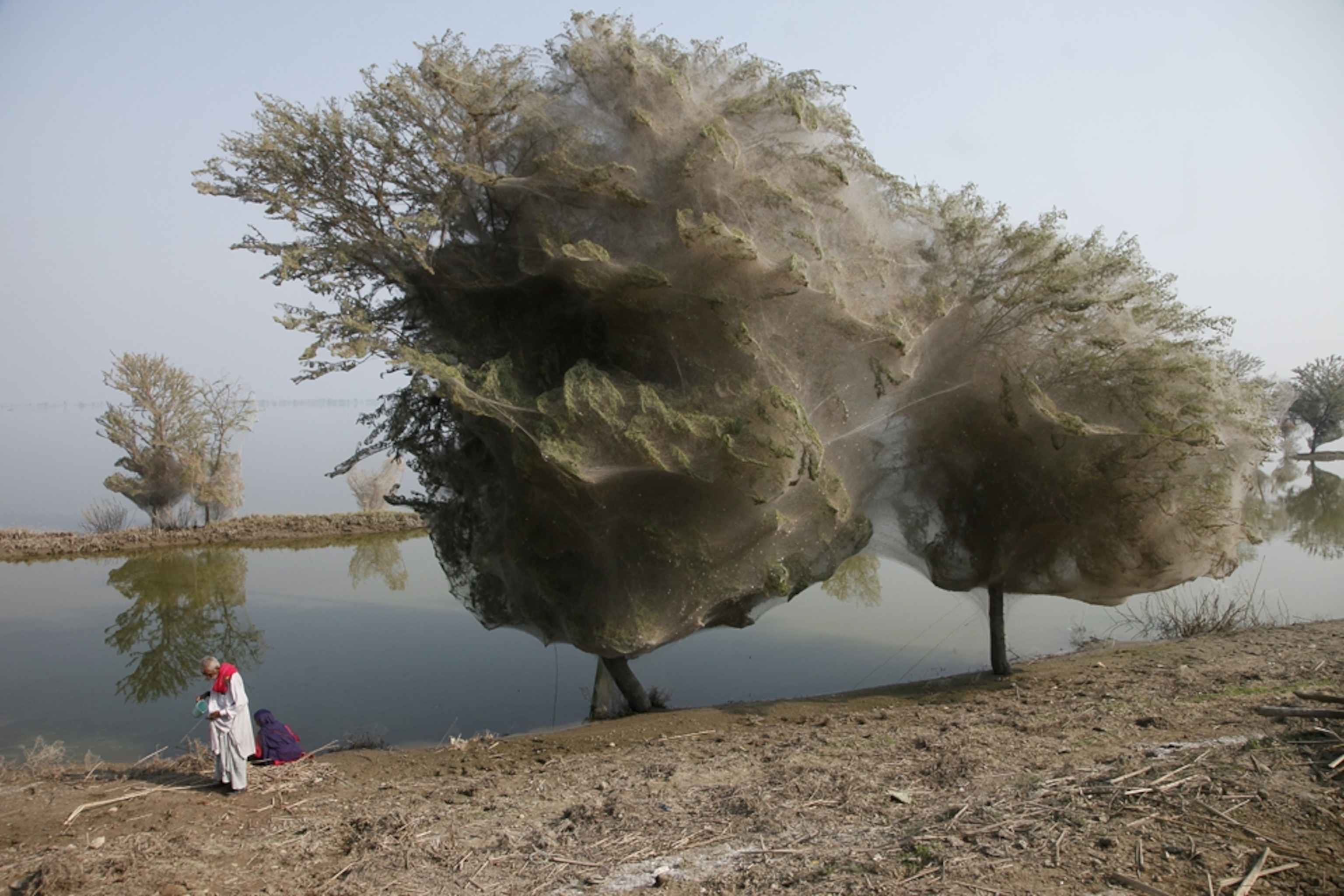
| Positive | Negative |
|---|---|
| Spider webs can provide insulation to trees, protecting them from extreme temperatures. | Spider webs can cause damage to trees and their leaves if they are in large numbers. |
| Spider webs can provide protection to trees from pests, parasites, and predators. | Spider webs can also trap birds or other animals, resulting in injury or death. |
| Spider webs can provide a habitat for beneficial insects, such as bees and butterflies. | Spider webs can create an unsightly appearance, which could negatively impact the overall aesthetics of the area. |
Spider webs can have both positive and negative impacts on trees. Positively, spider webs can provide insulation to trees, protecting them from extreme temperatures. They can also offer protection to trees from pests, parasites, and predators. Additionally, spider webs can provide a habitat for beneficial insects, such as bees and butterflies. On the other hand, spider webs can cause damage to trees and their leaves if they are in large numbers. They can also trap birds or other animals, resulting in injury or death. As well, they can create an unsightly appearance, which could negatively impact the overall aesthetics of the area.
1 Nutrient Retention
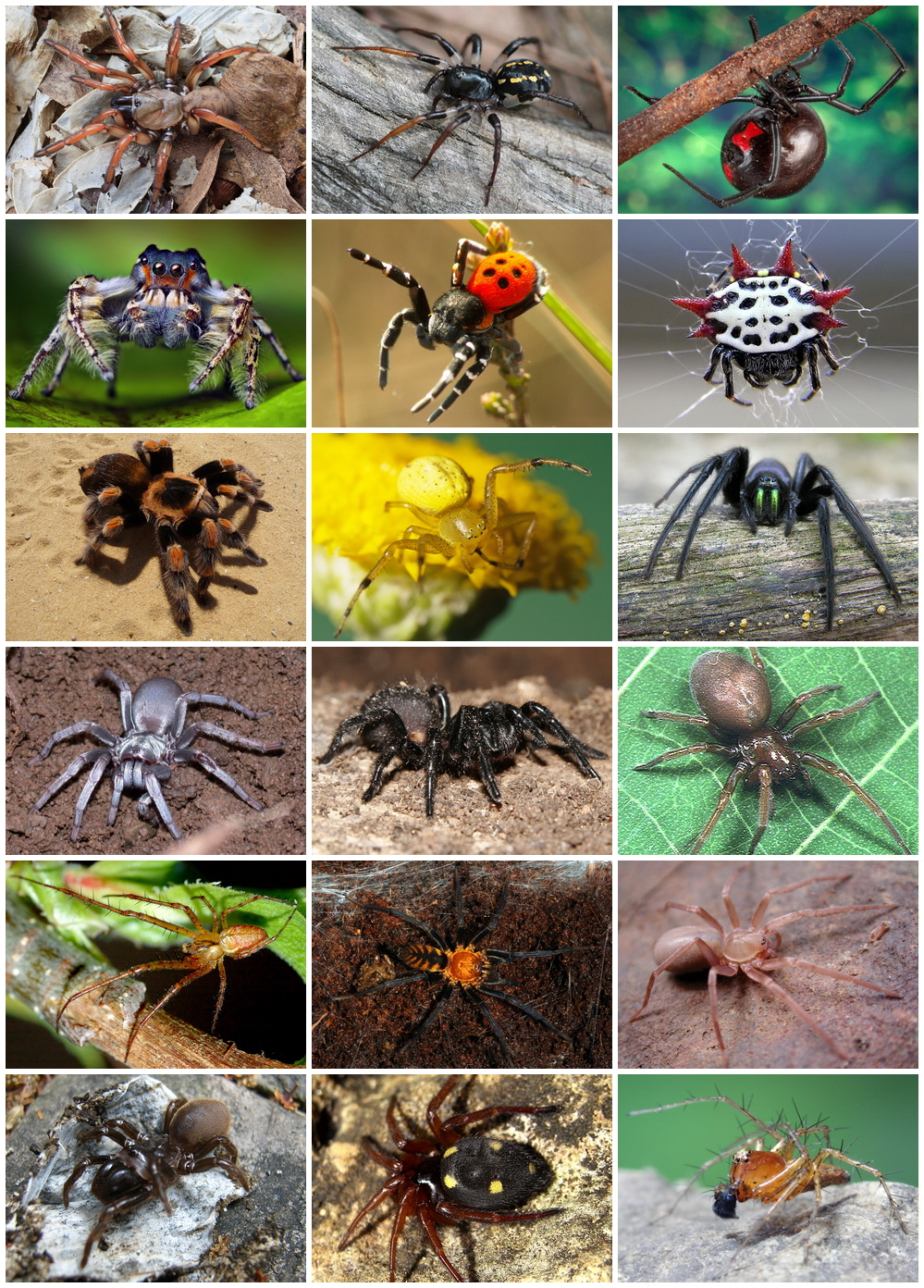
Spider webs in the trees can act as a filter system, trapping debris and other organic matter that would otherwise be lost to the environment. This organic matter then decomposes, releasing vital nutrients back into the soil which can be used to nourish plants and trees in the area. In this way, spider webs play an important role in nutrient retention and the health of the surrounding ecosystem.
2 Improved Soil Quality
- Increased organic matter in soil.
- Reduction in soil compaction.
- Improved water absorption and retention.
- Reduction in soil erosion and nutrient loss.
- Reduction in weed growth.
- Increased microbial activity.
3 Improved Air Quality
- Spiders consume insects that are known to carry disease, reducing the amount of airborne microorganisms.
- Spider webs act as a natural filter, trapping dust particles and other pollutants in the air.
- Spiders can also help reduce the level of greenhouse gases in the atmosphere, since they consume carbon dioxide.
Frequently Asked Questions
What is the Mystery Behind Spiders’ Web-Building Habits?
Spiders have a unique and mysterious ability to build intricate webs. They have developed an array of web types, from the classic orb web to the sheet web, and use a variety of materials, from silk to fine droplets of water. Scientists are still unsure of how spiders are able to create such complex structures. Research suggests spiders use a combination of instinct and experience to build their webs.
How do Spiders Create Webs in Trees?
Spiders use their silk to create intricate webs in trees by spinning the silk in a radial pattern. This pattern helps the spider to construct a web that is strong enough to capture prey. The web is suspended between two points, such as branches or the trunk of a tree. The spider then adds a sticky spiral around the outside of the web to catch prey. The spider will also add a non-sticky spiral around the web to help the spider move around the web. The spider may also add other decorations such as a signal thread or stabilimenta for further protection.
What are the benefits of spiders’ webs in trees?
Spiders’ webs provide a number of benefits to trees, including the capture of plant-damaging insects, pest control, providing a home for spiders, and helping to disperse pollen. Spiders’ webs act as a natural pest control by trapping and killing insects that would otherwise feed on the leaves and fruits of trees. They also serve as a home and breeding ground for spiders, which are beneficial predators that consume a variety of pest insects. Furthermore, spiders’ webs can also play a role in aiding the dispersal of pollen, allowing flowers to reproduce and spread.
What are the Spider Web Looking Things in Trees?
The spider web looking things in trees are webs created by spiders. Made up of intricately woven silk, they serve as a trap for insects that the spiders can then feed on. Different species of spiders have different web patterns and sizes, with some even being camouflaged to blend in with the tree or bush they have spun their webs on.
How Can I Help Protect Spiders and Their Webs in Trees?
To help protect spiders and their webs in trees, avoid using pesticides that can kill beneficial spiders, maintain healthy tree populations, and create artificial structures like webs or trees that can provide habitats for spiders. Additionally, be mindful of any trees that are being pruned, as this can destroy existing webs. If possible, try to create habitats that mimic trees and provide shelter for spiders. Finally, consider planting native trees to provide additional food and shelter for spiders.
Conclusion
Spiders’ web-building habits are complex and fascinating, and they are still largely a mystery to us. We know that spiders use webs to capture prey, to protect themselves, and to communicate with other spiders. We also know that spiders build webs in a variety of shapes, sizes, and locations. However, the exact reasons why spiders build webs in trees remain largely unknown. It is likely that future research will uncover more about spiders’ web-building habits, and the reasons why spiders build webs in trees.

